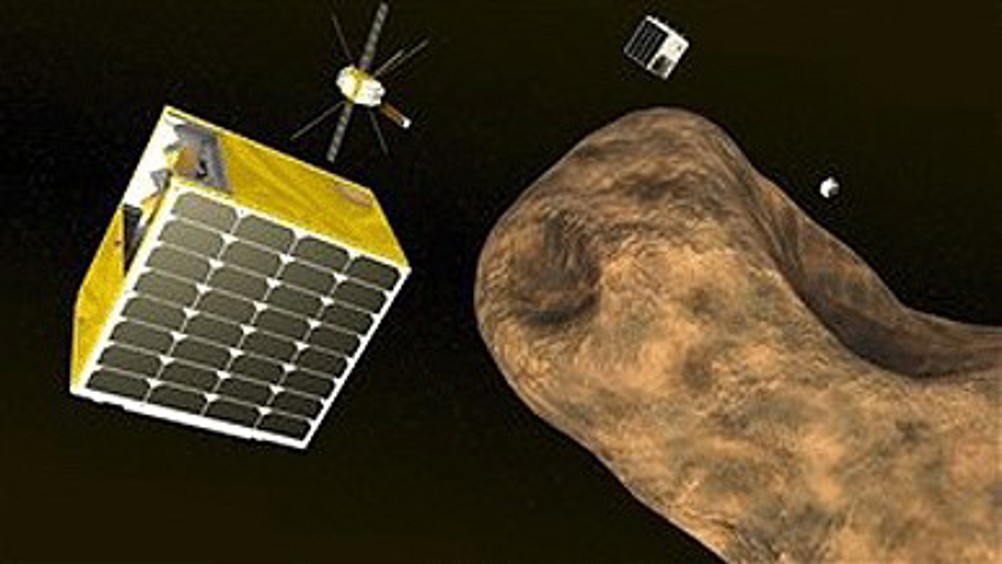OmniSat to cut lead times for space missions
SEA’s space division has designed a flexible, modular nanosatellite architecture under a programme funded by the European Space Agency (ESA).

Dubbed OmniSat architecture, SEA says it has conceived a complete nanosatellite “kit of parts” that can be reconfigured to build nanospacecraft that suit a range of Earth orbiting commercial and scientific activities.
Capabilities include global ship and aircraft tracking; storing and forwarding communications for remote areas; low cost space technology demonstrations; and searching for potentially hazardous near-Earth asteroids.
In a statement Dr Lucy Berthoud, OmniSat project manager at SEA said: ‘Faster, better and cheaper is hard to accomplish in the space industry, where long development times are the norm, because each new mission is designed from scratch.
‘The OmniSat architecture is designed to cut the time from concept to launch down to a year, which will enable a new wave of exciting missions to be developed.’
‘The capabilities of nanosatellites and their payloads have significantly increased due to the recent advances in miniaturization technologies,’ said Carlos Corral van Damme, ESA technical officer for the project. ‘The study has shown that the OmniSat concept is highly promising, especially for constellations and for missions requiring a quick turn-around time.’
Register now to continue reading
Thanks for visiting The Engineer. You’ve now reached your monthly limit of news stories. Register for free to unlock unlimited access to all of our news coverage, as well as premium content including opinion, in-depth features and special reports.
Benefits of registering
-
In-depth insights and coverage of key emerging trends
-
Unrestricted access to special reports throughout the year
-
Daily technology news delivered straight to your inbox










Water Sector Talent Exodus Could Cripple The Sector
Maybe if things are essential for the running of a country and we want to pay a fair price we should be running these utilities on a not for profit...